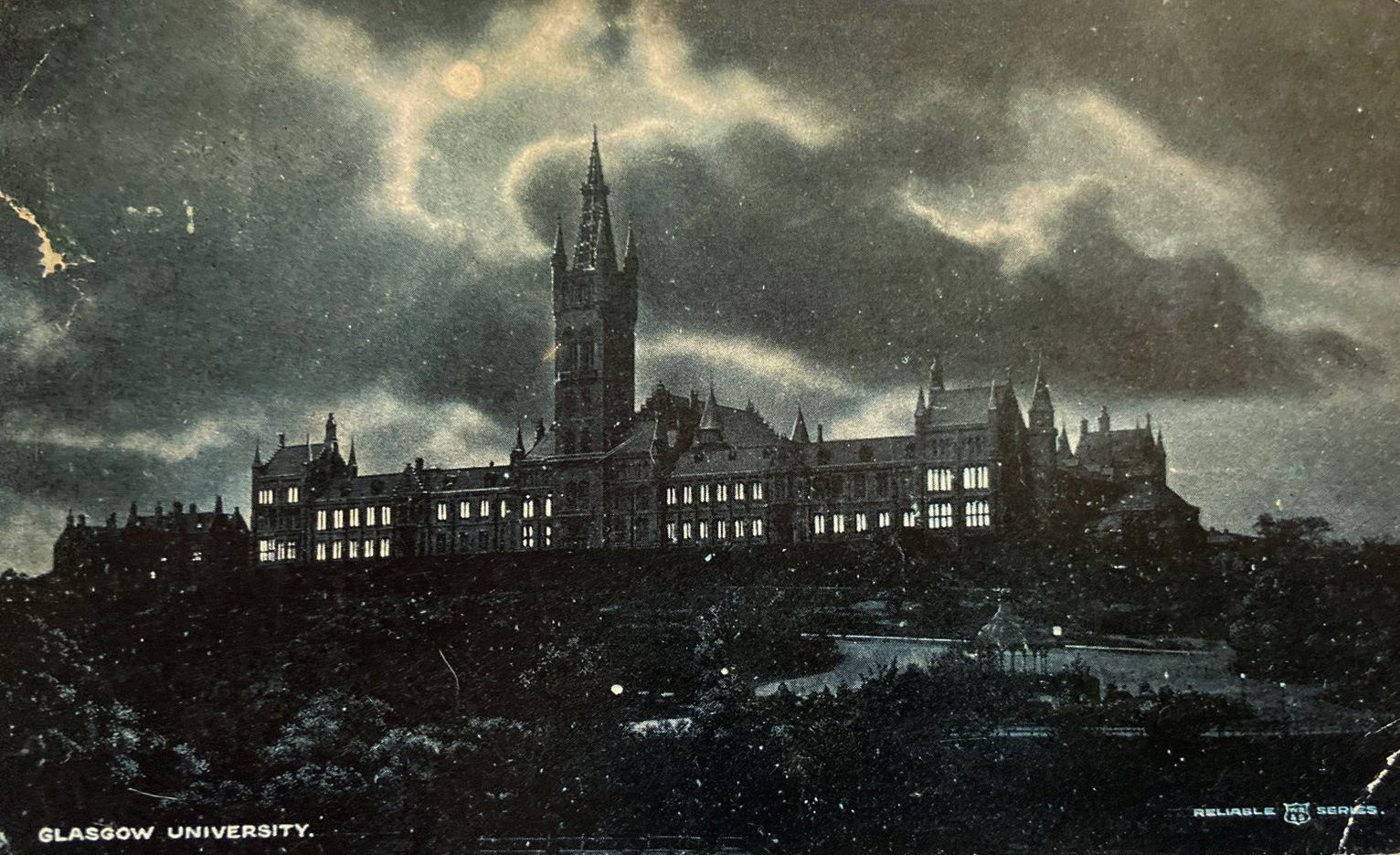Blethering Skite
95 readers
15 users here now
Scotland
Scots language ,history ,culture ,folklore ,myths,legends and Scottish Independence.
An talkin aboot near enough anyhin thits gaun doon aroon Scotland in Scots.
Scots is a Wast Germanic leid o tha Anglic varietie that's spaken aw ower Scotland an en tha stewartrie o Ulster en Ireland .
Bi tha lat 15t yeirhunder tha sicht fowk haed o tha differs wi tha leid spaken faurder sooth cam til tha fore an Scots-spikkin Scots begoud tae crie thair leid "Scots"
Mind: It's nice tae be nice ,humour preferred ,swerin is optional .
#Scots language ,humour ,history and foklore.
Rememmer ,stick tae the code : []https://mastodon.world/about
founded 1 year ago
MODERATORS
26
5
Herald writer’s cringing ignorance of the best equipped ferry service in the world – ours
(talkingupscotlandtwo.com)
27
28
4
New exhibition exploring how folklore has shaped Scotland | HistEnvScot
(www.historicenvironment.scot)
29
30
31
32
33
34
35
36
1
The afterlives of anatomical bodies: what museum collections can teach us about our past
(bodiesandacademia.wordpress.com)
37
2
Mary Queen of Scots and the clandestine tricks of the women who kept her secrets
(theconversation.com)
38
39
40
41
42
43
44
45
46
47
48
2
Huge opportunity for Grangemouth - an independent Scotland could grasp it. - Business for Scotland
(www.businessforscotland.com)
49
2
CalMac ferry fares to increase to only a fraction of those for Isle of Wight.
(talkingupscotlandtwo.com)
50
